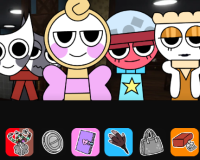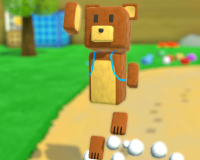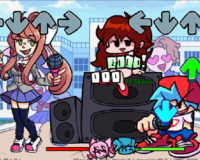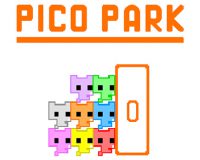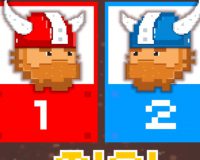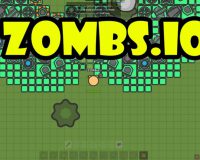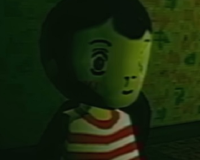
Advertisement
The Hambagu Shop
The Hambagu Shop is a short first-person cooking and management game by MiketenDev that follows Mari, a newly promoted restaurant manager. Set inside a small Japanese hamburger steak shop, the game begins as a normal workday filled with simple food preparation tasks. Mari’s goal is to serve every customer efficiently, keeping the kitchen running smoothly. As the shift continues, however, the familiar rhythm of work begins to feel different. The sounds, the timing, and even the environment begin to change, suggesting that something in the shop is not what it seems.
Gameplay Overview
The game combines cooking simulation and observation-based gameplay. Players perform a series of routine tasks such as grilling hamburger steaks, plating meals, and delivering them to customers. The controls are simple and repetitive, emphasizing the feeling of everyday work. But during each step, new details begin to appear — unusual noises, subtle environmental distortions, or shifts in lighting that alter the tone of the experience. The gameplay pushes players to stay focused on their duties while being aware of the growing unease around them.
Main gameplay elements include:
- Preparing and serving hamburger steak meals to customers
- Following task sequences in a timed workflow
- Monitoring the environment for visual or audio changes
- Maintaining concentration despite unexpected interruptions
- Replaying shifts to notice new events and variations
Setting and Design
The Hambagu Shop is confined to a single restaurant location, designed to reflect an authentic yet controlled workspace. The environment consists of a small kitchen, counter, and customer area. The VHS-style filter adds a dated visual tone that reinforces the unsettling atmosphere without using direct horror elements. Lighting changes, background noises, and small details in the environment become the main storytelling tools. Rather than explaining events through dialogue, the game communicates through what the player sees, hears, and repeats during each shift.
Player Experience and Interpretation
The gameplay loop is short, but every moment encourages attention and interpretation. Players must manage their duties while noticing subtle differences between shifts. These shifts are not random — they suggest a story hidden beneath the repetitive work. Each playthrough reveals small new details that build toward an understanding of the world beyond the kitchen counter. Because there are no explicit objectives or dialogue-driven explanations, the experience depends on observation and personal analysis, turning ordinary work into something quietly mysterious.









